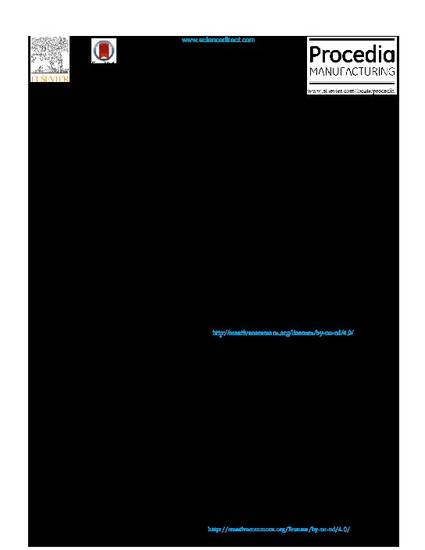
The Global Escalating Cases of Skin Donor Shortage for Patients with Severe Wounds Warn the Vital Need for Alternatives to Skin Allografts. over the Last Three Decades, Research in the Skin Regeneration Area Has Addressed the Unmet Need for Artificial Skin Substitutes. 3D Bioprinting is a Promising Innovative Technology to Accurately Fabricate Skin Constructs based on Natural or Synthetic Bioinks, Whether Loaded or Not Loaded with Native Skin Cells (I.e., Keratinocytes and Fibroblasts) or Stem Cells in the Prescribed 3D Hierarchal Structure to Create Artificial Multilayer and Single Cell-Laden Construct. in This Paper, the Recent Developments in 3D Bioprinting for Skin Regeneration Are Reviewed to Discuss Different Aspects of Skin Bioprinted Substitutes, Including 3D Printing Technology, Bioink Composition, and Cell-Laden Constructs. the Impact of 3D Printing Parameters on Functionality of the Skin Substitute and Cell Viability is Reviewed to Provide Insight into Controlled Fabrication as the Critical Component of Advanced Wound Healing. We Highlight the Recent and Ongoing Research in Skin Bioprinting to Address the Progress in the Translation of Advanced Wound Healing from Lab to Clinic.
- 3D bioprinting,
- Bioink,
- Skin,
- Tissue regeneration,
- Wound healing
Available at: http://works.bepress.com/fateme-fayyazbakhsh/7/
